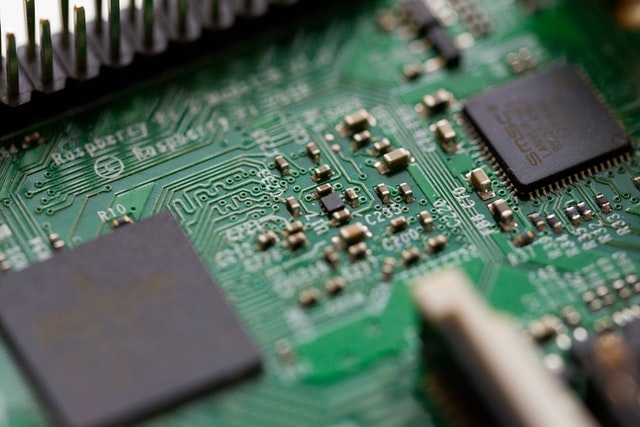DIY Smart Home
📅 27 Dec 2020 - Mihai Costea
About 2 years ago I started to work on a project I unimaginatively called “HomeManager”. I was fascinated with small computers, sensors and the likes and I wanted to build my own smart home, whatever that meant.
I used this project to learn more about small computers, different programming languages, software architecture, deployment methods and electronics in general, on top of having a cool project to work on whenever I was bored.
So I gathered all the unused small computers in my house and started hacking.
The goals
This one was pretty easy:
- Self-hosted data - I wanted to store everything locally instead of using the public cloud
- Scalable - whatever I was building had to run locally on a Raspberry Pi, a cluster of Pis or in the public cloud if needed
- Containers - I work in DevOps so I was familiar with the benefits of using containers and wanted to use the same technology in this project as well
- Integrated - I was already the proud owner of some Philips Hue lights, a Google Home, a smart 4K TV, I wanted to integrate with these gadgets and other ones to build complex scenarios
- Cheap - I was not really looking to invest in expensive software, hardware or services; the more DIY, the better
- Educational - I wanted to use this project to learn about new things so stepping outside my comfort zone was very important
About this series
The project has evolved a lot in the past 2 years and I’ll try to remember the details and iterations for each part but I can’t promise it’s going to be a great write-up.
I do promise, however, that any new development starting now will be properly documented in this series. But until then, let’s just catch up.
Next up
Read on about the solution overview.
-
Photo by Chris Ried on Unsplash ↩
